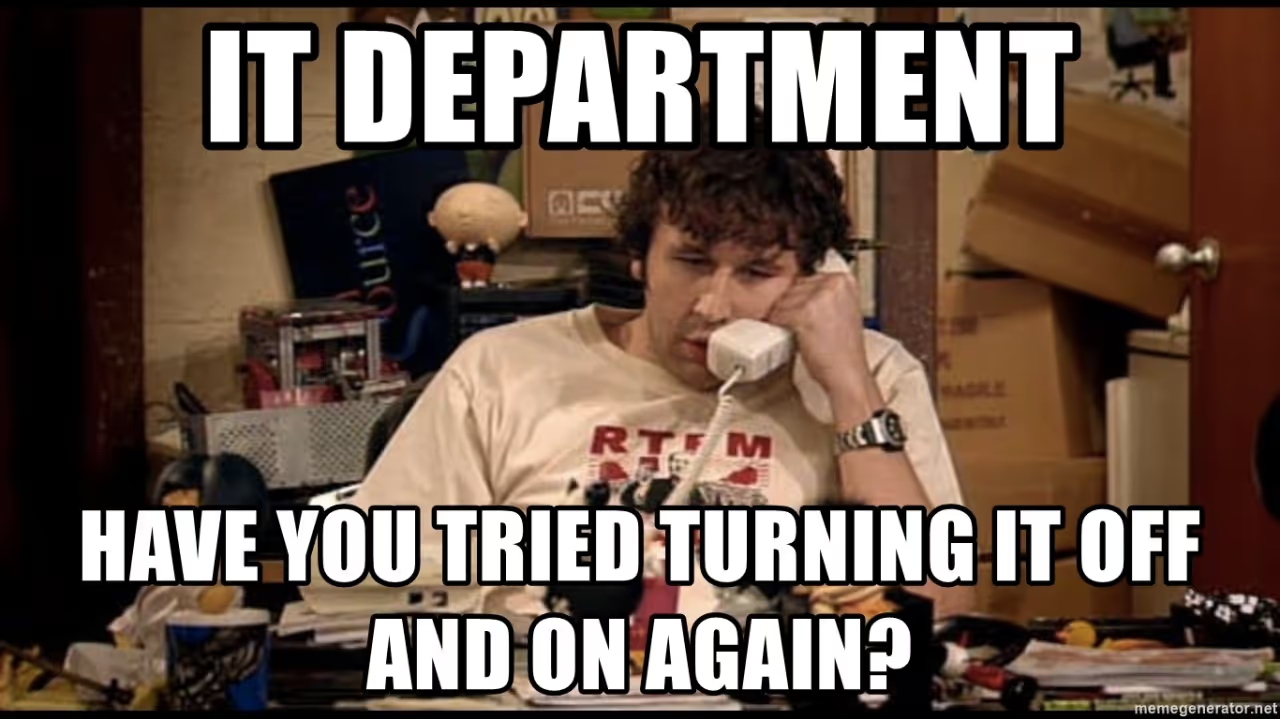How to organize your Gmail inbox
8 efficient strategies to declutter your Gmail inbox. Learn how to categorize, archive, and manage emails to boost your productivity and streamline your digital communication.
Gmail notifications are one of the best ways to stay on top of your inbox. It can be frustrating when you’ve logged off for the day to find out the next morning that an email needing a time-sensitive response came through the night before. Or maybe you’ve spent hours waiting for a client’s important reply, only to realize it’s been in your inbox the whole time.
With your Gmail settings configured correctly, notifications keep you informed and on track throughout the day. If your notifications have stopped coming through or have never come through quite how you’d like them to, it’s typically a quick fix. Read on to learn how to solve this problem and receive timely Gmail notifications.
<a href="#gmail-notification-types" class="anchor-link">Types of Gmail notifications</a>
<a href="#notification-issues-causes" class="anchor-link">Four common causes of notification issues</a>
<a href="#configure-gmail-notifications" class="anchor-link">Configure your Gmail notifications</a>
<a href="#troubleshoot-notification-issues" class="anchor-link">Troubleshoot potential issues</a>
<a href="#streak-email-tracking" class="anchor-link">Get notified when your emails arrive — and when they’re read</a>
<div class="anchor-wrapper"><div id="gmail-notification-types" class="anchor-target"></div></div>
Gmail offers a variety of notifications to keep you informed about your email and other activities. Here are some common Gmail notifications you may receive:
<div class="anchor-wrapper"><div id="notification-issues-causes" class="anchor-target"></div></div>
There are several reasons why your Gmail notifications may not be working, but here are four of the most common culprits.
Unfortunately, technology isn’t always known for its reliability. Issues like an unstable internet connection or spotty cell service can delay Gmail notifications from coming through. You may also run into issues if you want notifications to appear on a phone, computer, or tablet that hasn’t had a recent software update.
You may want notifications, but if notifications are turned off in your Gmail account, they’ll never come through. Plus, if your account sync is turned off, Gmail may be unable to fetch new emails and trigger notifications.
Without the latest version of the Gmail app on your device, you may not receive notifications. Outdated apps may have bugs or compatibility issues.
Make sure your device, be it a phone, computer, or tablet, allows Gmail to send notifications by checking out your Settings app or your System Preferences. If you’ve turned battery optimization on, sometimes it restricts background processes and prevents people from receiving notifications.
<div class="anchor-wrapper"><div id="configure-gmail-notifications" class="anchor-target"></div></div>
Knowing where to look to check your notifications can be half the battle. Often, the solution is as simple as toggling your settings to allow an alert.
<div class="anchor-wrapper"><div id="manage-notifications-computer" class="anchor-target"></div></div>



<div class="anchor-wrapper"><div id="manage-notifications-iphone" class="anchor-target"></div></div>
<div class="anchor-wrapper"><div id="manage-notifications-android" class="anchor-target"></div></div>
<div class="anchor-wrapper"><div id="troubleshoot-notification-issues" class="anchor-target"></div></div>
If you’ve double-checked your notification settings and they’re on, but you’re still not getting Gmail notifications, what’s next?
There are a few actions you can take to troubleshoot the problem and start seeing your notifications pop up.

Is it cliché if it works?
Sometimes all it takes is turning your phone, computer, or tablet off for 20 seconds before you turn it back on. Powering your device off and then back on is highly conducive to making newly updated apps work as they should.
Technical glitches, especially password changes, can sometimes prevent notifications from showing up. Removing and re-adding your Gmail app to your phone, computer, or tablet is another great way to give your new notification preferences a hard reset, as is temporarily deleting and then adding back your Gmail account to the Mail app. Regardless of how you access your Gmail inbox, one of these two ways should help you remove and then re-add your account.
<div class="anchor-wrapper"><div id="be-notified-emails-read" class="anchor-target"></div></div>
If you want even more information about the status of your emails, we’re here to help. Streak offers free email tracking in Gmail so you’re notified the moment someone opens your email. It’s safe to say that Streak takes Gmail notifications to a whole new level.
And the best part? With Streak, you can see all of your tracked emails in an organized list based on when each recipient opened your last email.
Want to be notified when your emails are read? Send your first tracked email in 30 seconds.
